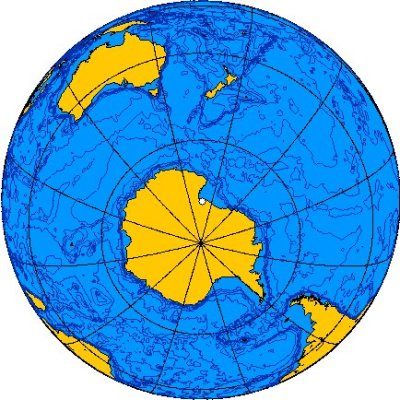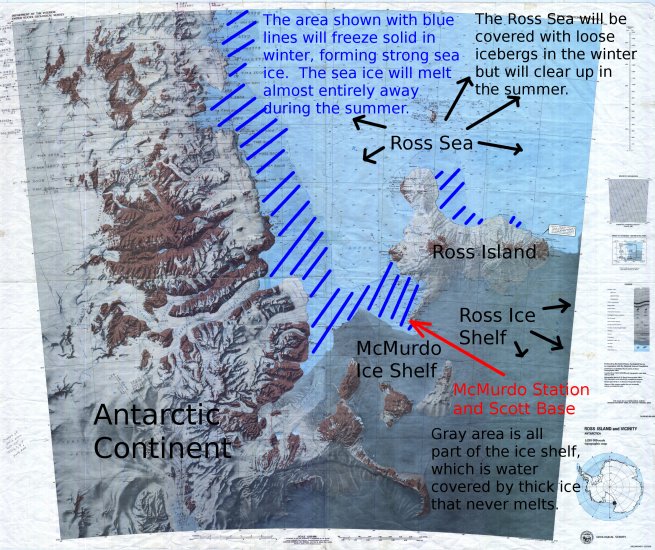On the shore,
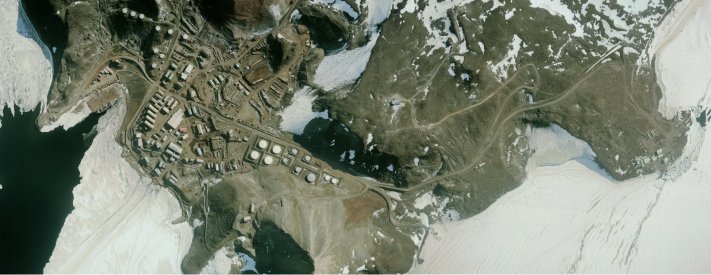
on the southern tip of Hut Point Peninsula, (image on the left courtesy of DigitalGlobe)
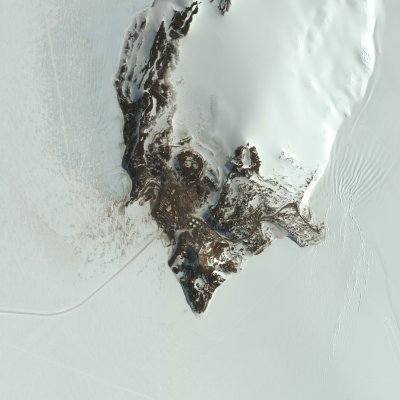 | 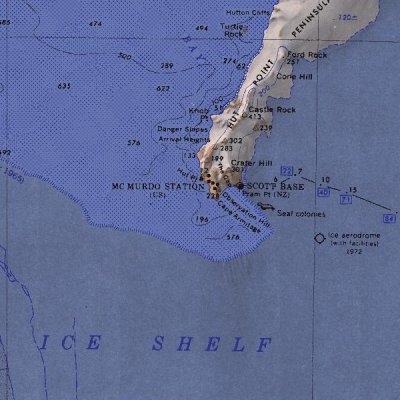 |
on the southern side of Ross Island, | |
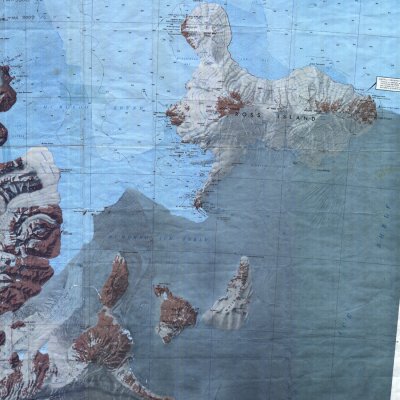 | 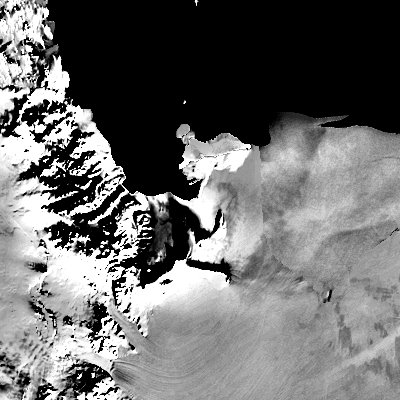 |
at the western edge of the Ross Ice Shelf, | adjacent to the Ross Sea, |
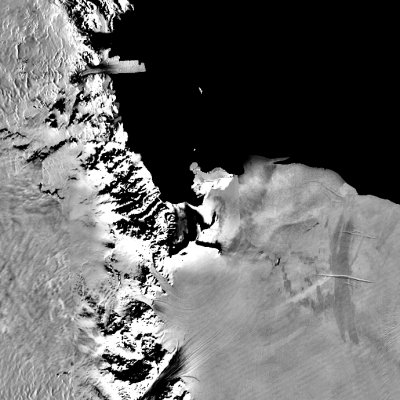 | 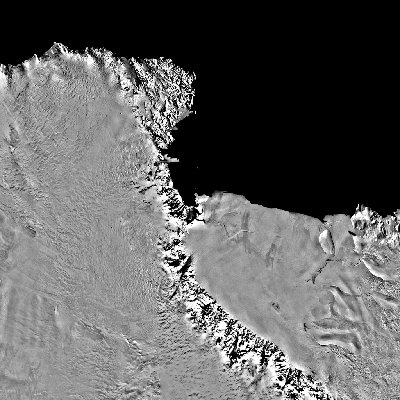 |
at the edge of Antarctica, | |
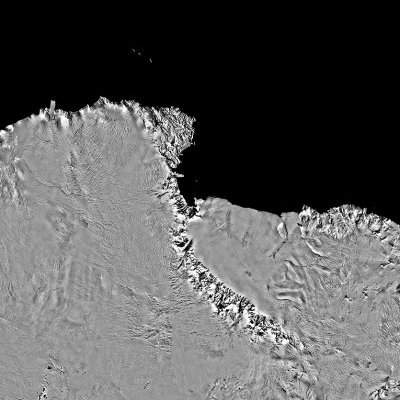 | 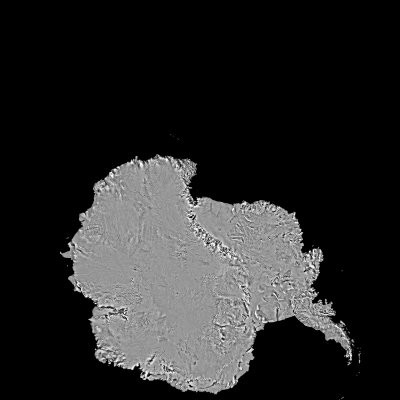 |
at the end of the earth.
